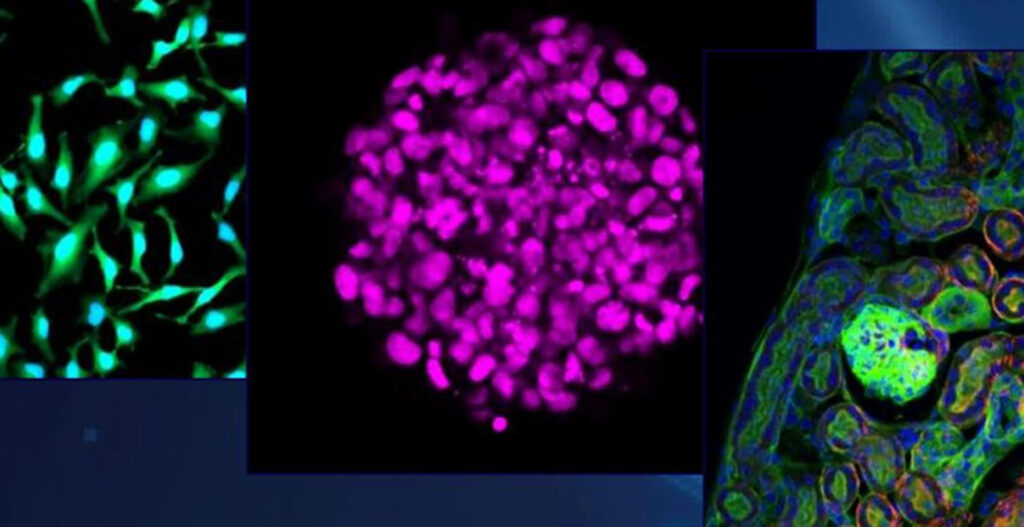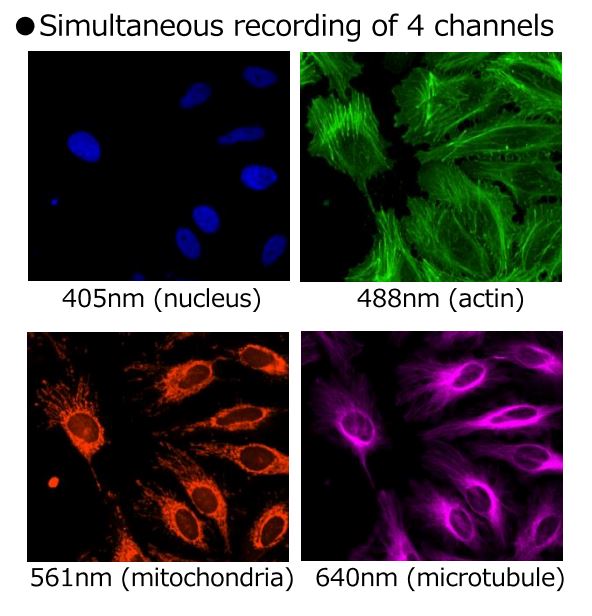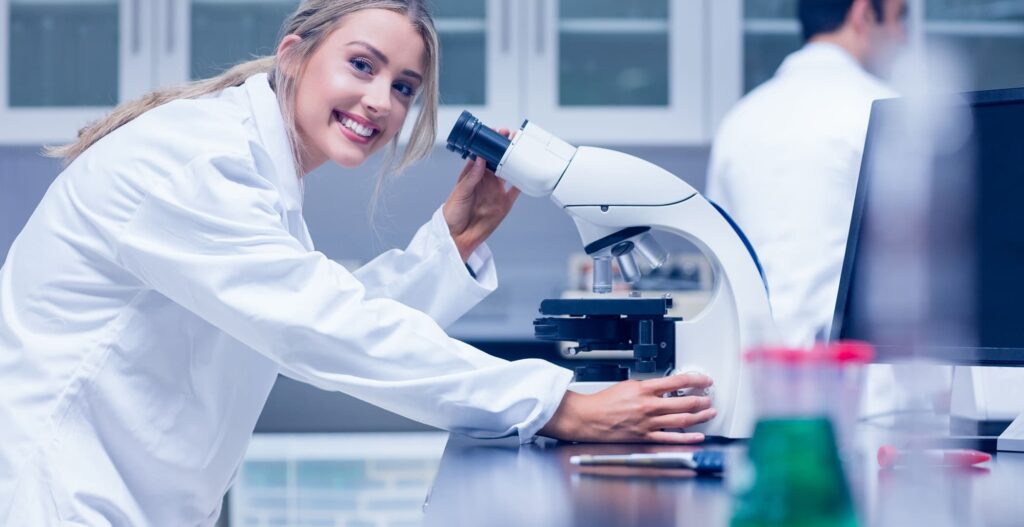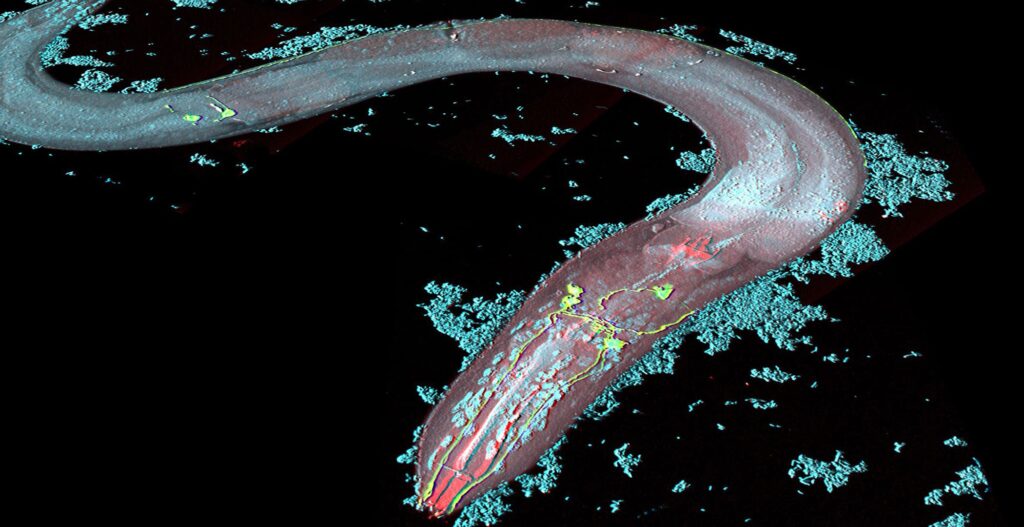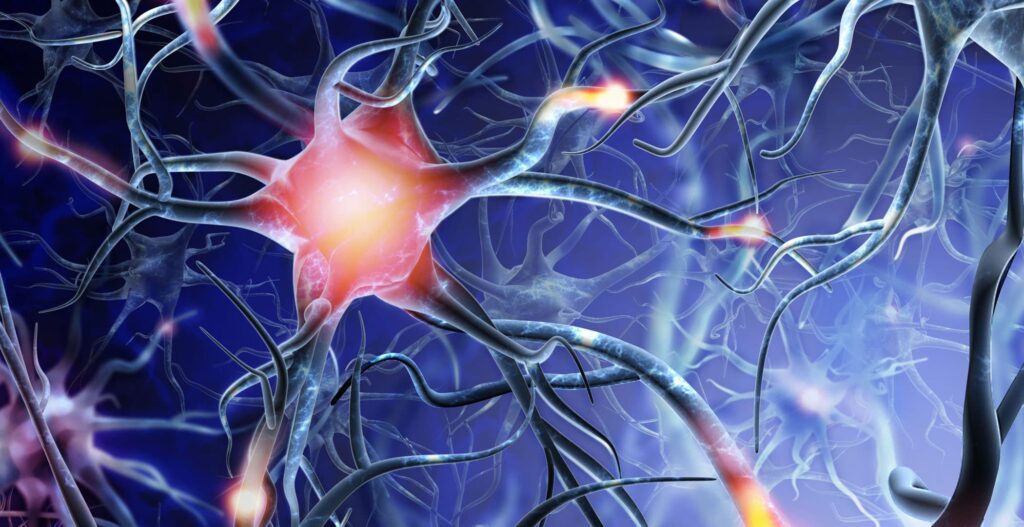More efficient research with the CV8000
We plan the flight to Mars. We are conquering the deep sea. But when we think of serious diseases, we know that we still lack countless active ingredients. Many deadly diseases are treatable, but not curable.
High-content analysis (HCA) systems are therefore becoming increasingly important in pharmaceutical research. These systems enable, for example, detailed analyses of living cells and their reactions to new drugs or their active ingredients.
Main tasks of an HCA system
The three main tasks of a High Content Analysis (HCA) system could be roughly described as follows:
- Provide the cells with the most comfortable environmental conditions possible
- Add active ingredients with maximum precision at defined time intervals
- Avoid damaging the cells as much as possible during imaging
New functions of the CV8000
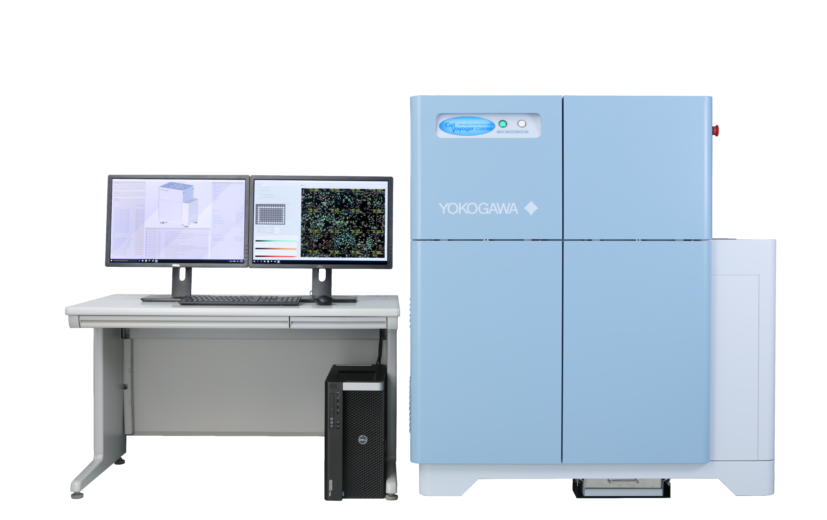
Yokogawa’s new HCA system, the CV8000, has a number of new features, including shorter testing cycles of new compounds and more efficient medical device research. Below, I present the three most important innovations.
Improved incubator
In order to assess the effectiveness of new active substances and their mode of action, the treated cells must be observed over as long a period as possible. This is only possible if the HCA system offers the cells comfortable or realistic room conditions, i.e. simulates the cells’ natural habitat.
In the new CV8000, the incubator including the addition of active ingredients has been optimized so that the incubator is now hermetically sealed. This means that the cells are now exposed to a constant supply of CO2. Together with the appropriate and constantly maintained humidity and temperature, the cells are in a uniform environment.
Smarter software
The CellPathfinder analysis software was developed for the CV8000. Thanks to sophisticated machine learning algorithms, it is able to recognize and analyze patterns in unlabeled cells, for example. As a rule, cells or cell contents must be provided with certain markers in advance in order to be visible at all. However, such marker substances can also affect cells and influence the response of the latter to the agent. In addition, the labeling of cells can sometimes be laborious and time-consuming. For some applications, the new label-free imaging function offers real advantages.
This software also offers 3D image analysis functions that allow cell growth to be analyzed in 3D. This allows e.g. volumes, areas, and positions of the cells to be determined more quickly and easily. In addition, the new analysis software is compatible with the CQ1 Confocal Scanner.
Faster imaging
For numerous applications, very specific cell components must be observed separately after the addition of active substances. For this purpose, the respective components must each be labeled differently and excited with different wavelengths. Each marker reacts only to certain wavelengths. The four sCMOS cameras of the CV8000 now make up to four labeled cell components visible at the same time.
CV8000 vs. CV7000
In the predecessor systems, there were only three cameras in each case. Compared to the CV7000, the additional camera of the CV8000 results in a time saving of about 20%. The number of wavelengths has now also increased from 4 to 5.
